Lost in Legend: Hanoi’s Hoan Kiem Lake and the Temple on the Jade Island
- Wednesday, Apr 09, 2025, 14:01 (GMT+7)
Lost in Legend: Hanoi’s Hoan Kiem Lake and the Temple on the Jade Island
There’s a place in the heart of Hanoi where time forgets to rush. A place where legends breathe in the wind, and the rhythm of the city takes a softer tone. I found it by chance, on a morning when Hanoi woke up wrapped in mist, and the motorbikes, for once, seemed quieter than usual. That place is Hoan Kiem Lake—and it’s not just a lake. It’s a memory, a mirror, a mystery.
I remember standing at the edge of the water, the first light of dawn spilling over the surface like liquid gold. The trees around the lake—some over a hundred years old—rippled with the breeze, their long branches dipping gently toward the surface as if whispering secrets to the water. At the center of the lake, on a tiny island, rose an old grey structure: the Turtle Tower. Small, mysterious, and utterly poetic, it looked like something plucked straight from a dream. I learned later that it was built in the 19th century, but its roots lie deeper—in a legend so beloved, it shapes the very identity of this city.
They say a dragon once soared over this land. And they say that centuries ago, Emperor Le Loi was gifted a magical sword from the heavens, which helped him defeat the invading Ming army. One day, while boating on this very lake, a golden turtle rose from the water and took the sword back—its duty fulfilled. From that moment on, the lake was named Hoan Kiem—“Lake of the Returned Sword.” Whether you believe it or not doesn’t matter. What matters is how it feels to be there, standing at the edge of a lake steeped in such beauty and myth.
As I circled the lake on foot—a 1.8km walk, leisurely and serene—I came upon a red bridge curving gracefully over the water. Like a ribbon of fire laid across jade, it’s called The Huc Bridge, meaning “the place where sunlight rests.” I couldn’t help but pause before crossing it. The bridge itself is iconic—painted in crimson, standing on wooden stilts, drawing photographers, lovers, monks, and poets all the same.
At the end of the bridge lies the Ngoc Son Temple, or Temple of the Jade Mountain, perched on a tiny island shaded by ancient trees. It’s peaceful in a way few places in Hanoi are. Built in the 18th century and later expanded, the temple honors several figures: General Tran Hung Dao, a revered hero who defended Vietnam against Mongol invasions in the 13th century; as well as Van Xuong, a deity of literature and knowledge. Inside, you’ll find statues, altars shrouded in the scent of incense, and even the preserved body of a giant soft-shell turtle once said to live in the lake—a real creature, but one that feels almost mythical in the context.
There’s something deeply contemplative about this temple. It’s not grand like the temples of Thailand, nor ornately overwhelming like some in China. Instead, it’s simple, graceful, and full of soul. As I sat on a stone bench, watching incense smoke curl into the afternoon light, I felt something I hadn’t felt in a long time—stillness. A genuine, unshaken stillness.
But Hoan Kiem isn’t only about legends and temples. It’s about people. You’ll see elderly men practicing Tai Chi in the early morning mist, women dancing to rhythmic pop music in impromptu aerobic sessions, kids chasing soap bubbles, couples holding hands beneath blooming cherry trees in spring. It’s a living postcard. A place where Hanoi reveals its gentle side.
Around the lake, the Old Quarter waits just beyond—an intricate maze of streets and alleyways, cafes tucked into colonial buildings, hidden rooftop bars, egg coffee secrets, and street food that could win awards for both flavor and chaos. One moment you’re sipping a coconut coffee with jazz in the background, and the next you’re biting into a steaming bowl of pho that rivals Michelin stars.
If you want to see the lake at its most magical, come at sunrise. The city is softer then. The lake glows. Or arrive just before sunset, when the lights from surrounding buildings shimmer on the water and the red bridge glows against the falling night. If you're lucky, you might catch a traditional performance at the Thang Long Water Puppet Theatre nearby—a unique Vietnamese art form dating back a thousand years.
A few practical tips? You don’t need a ticket to walk the lake, but there is a small entrance fee for the temple—just a couple of dollars. Dress modestly when entering. Respect the silence. And take your time. The lake isn’t a place to rush through. It’s a place to breathe in. To slow down.
Perhaps what touched me most was how Hoan Kiem feels at once both deeply Vietnamese and completely universal. The reverence for ancestors, the blend of nature and legend, the hush of a temple within a vibrant capital—it reminded me that all cities have hearts. And this, clearly, is Hanoi’s.
If you ever find yourself overwhelmed by the modern pace of travel—by selfies, itineraries, or must-sees—come here. Lose yourself in the stories. Let the lake reflect a slower version of you, one that remembers how to listen, how to feel, how to wonder.
Because in the end, Hoan Kiem Lake isn’t just a place you visit. It’s a place you carry with you.

 CHECKIN.VN
CHECKIN.VN

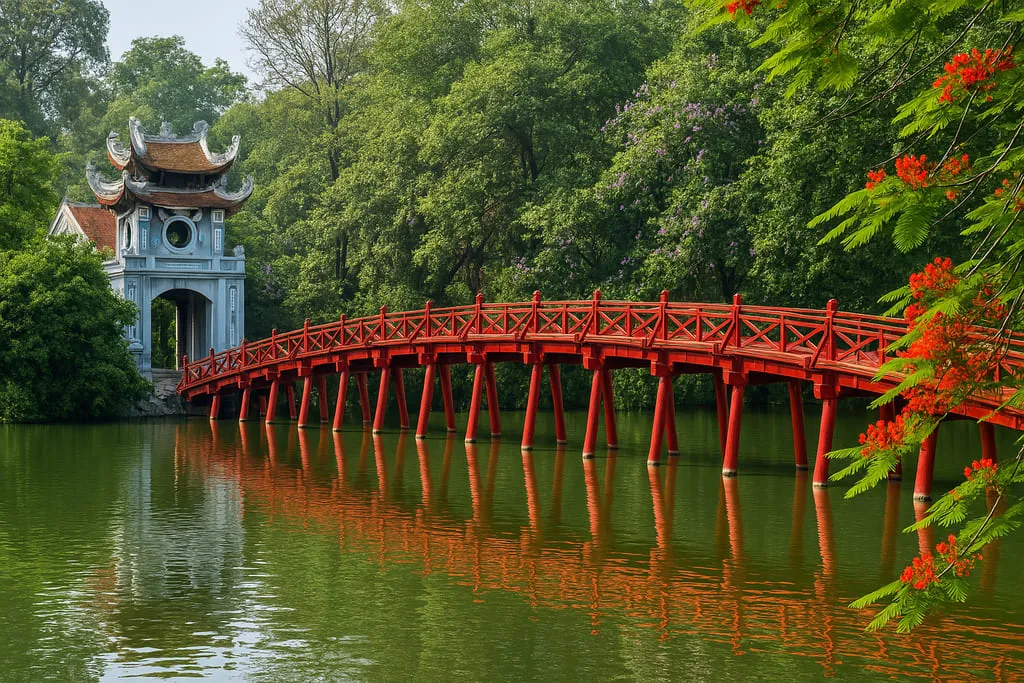
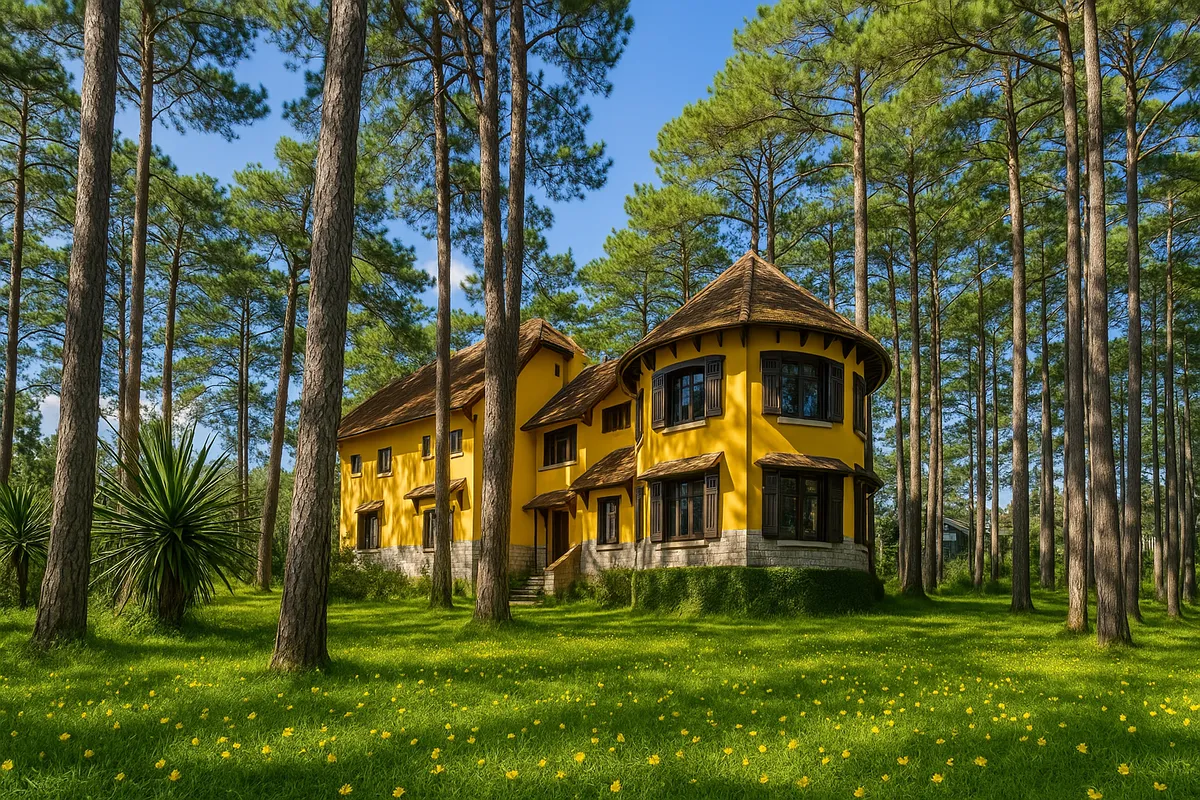
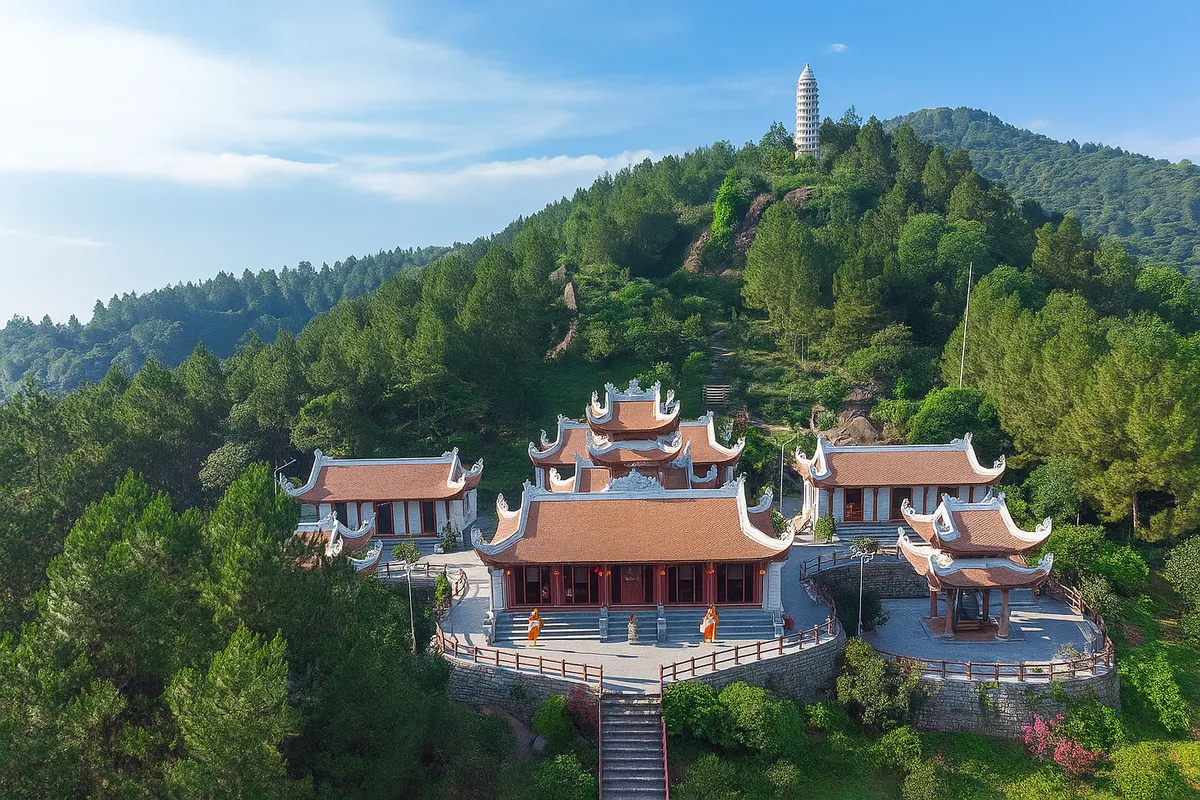


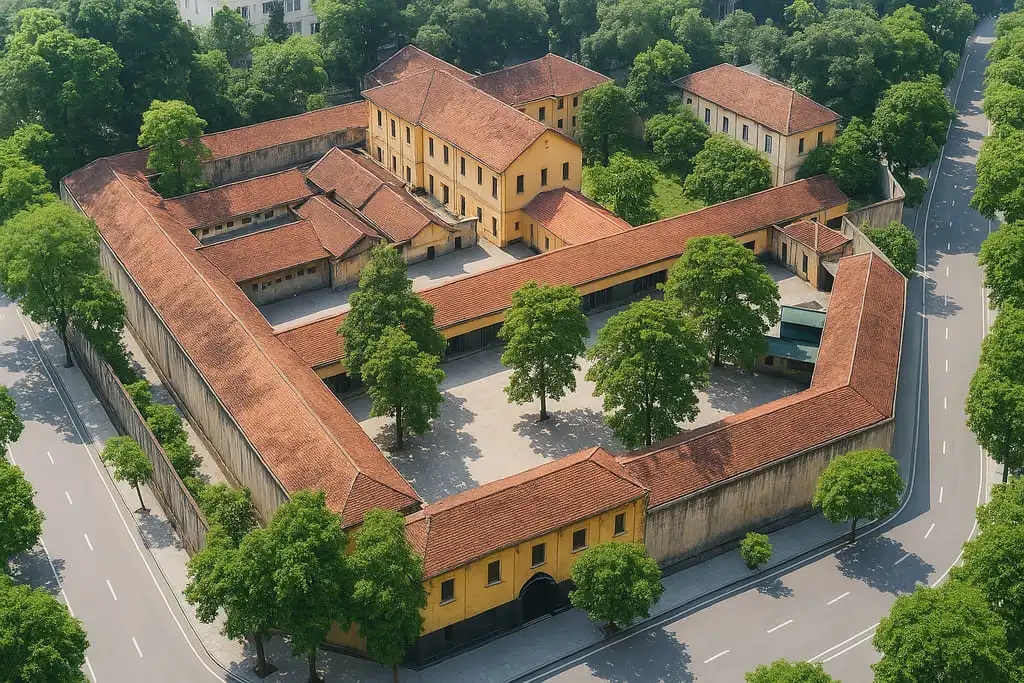
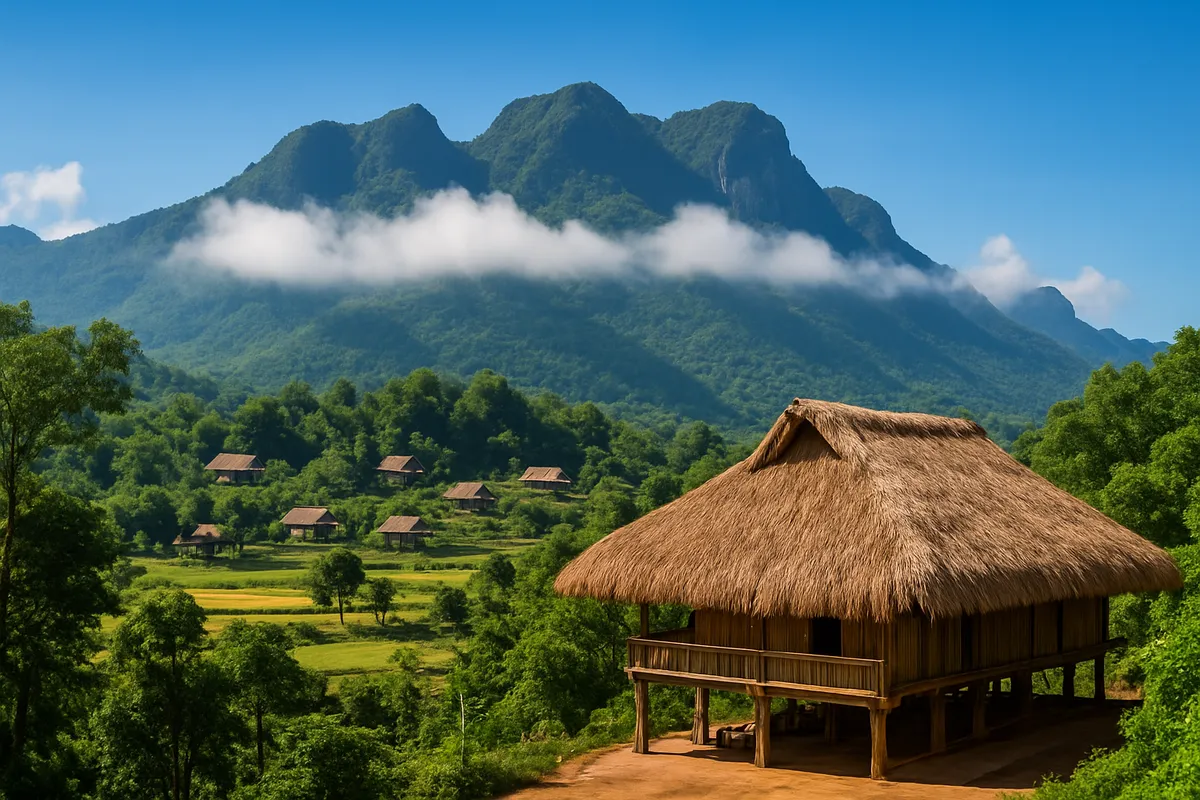
Share on